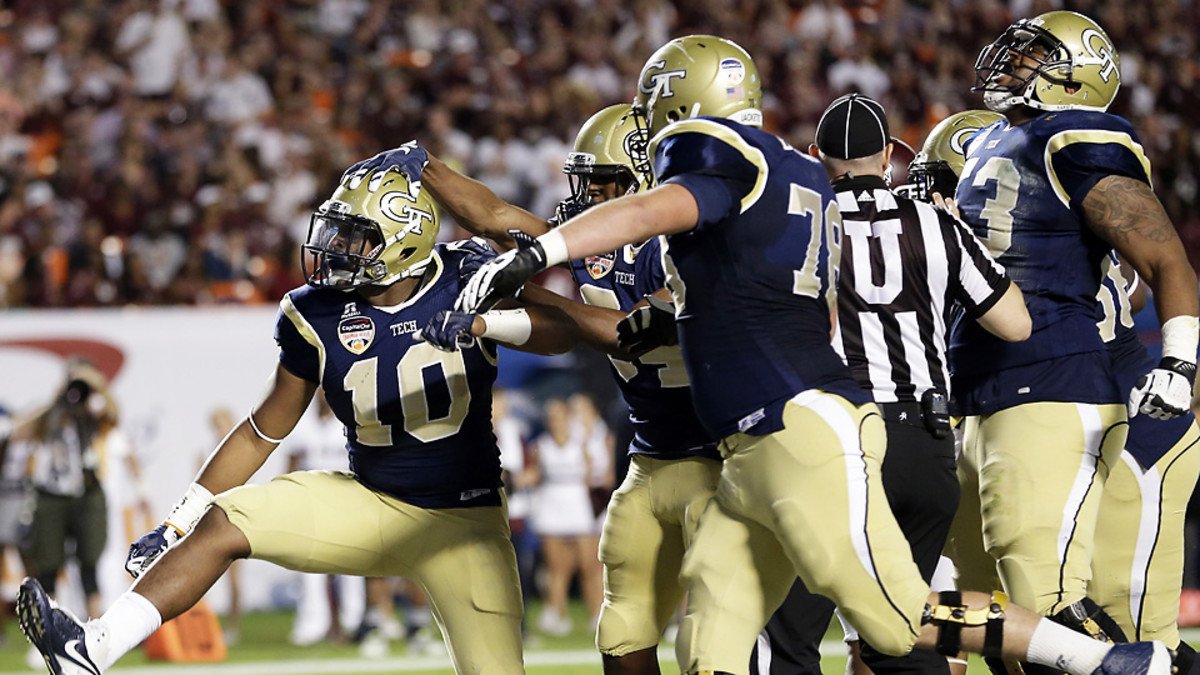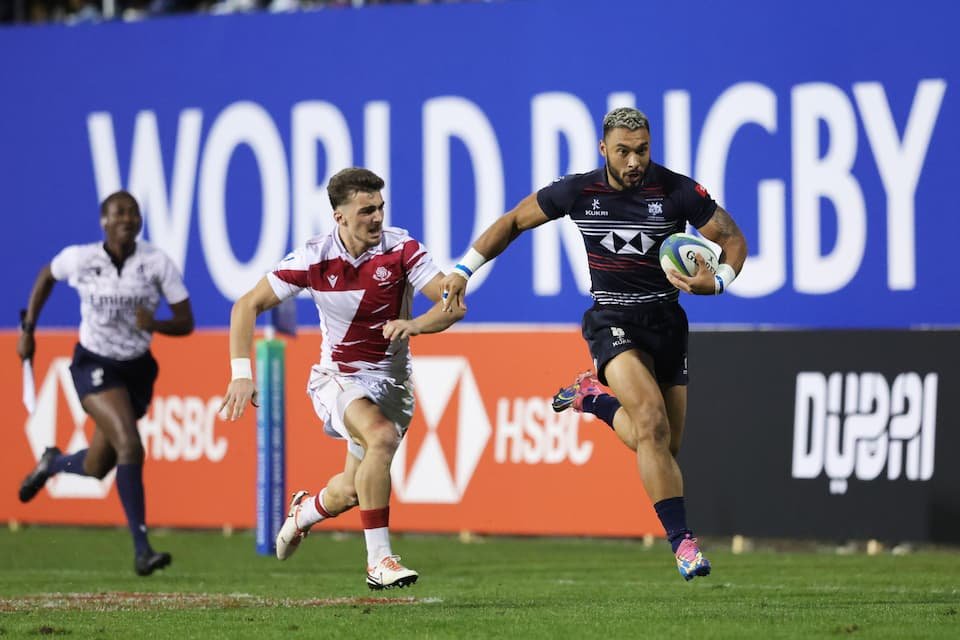Introduction
Football is a game of strategy, and every play counts. One of the most critical moments in a game is the post touchdown attempt. This moment can significantly impact the game’s outcome, momentum, and the team’s overall morale. But what exactly is a post touchdown attempt, and why is it so important?
What is a Post Touchdown Attempt?
A post touchdown attempt is the play executed immediately after a team scores a touchdown. It allows the scoring team to add extra points to their score. There are primarily two types of post touchdown attempts: the extra point kick and the two-point conversion. Both have unique strategies, execution methods, and implications for the game.
Importance in Football Strategy
The decision on whether to go for an extra point or a two-point conversion can be a game-changer. Coaches often base this decision on the game’s current state, the team’s performance, and statistical probabilities. Understanding the nuances of post touchdown attempts can provide deeper insights into the game’s strategic aspects.
History of the Post Touchdown Attempt
Evolution Over the Years
The concept of adding points after a touchdown has been around since the early days of football. Initially, the extra point kick was the only option. However, as the game evolved, the two-point conversion was introduced to add more excitement and strategy to the game.
Notable Changes in Rules
Over the years, the rules governing post touchdown attempts have undergone several changes. For example, the NFL moved the extra point kick spot back to the 15-yard line in 2015 to increase its difficulty. These changes aim to make the game more competitive and thrilling for fans.

Types of Post Touchdown Attempts
Extra Point Kick
The extra point kick, also known as the PAT (point after touchdown), involves the kicker attempting to boot the ball through the uprights from a set distance.
Two-Point Conversion
A two-point conversion involves the team running a play from the two-yard line, aiming to cross the goal line again for two additional points.
Rules and Regulations
Current NFL Rules
In the NFL, teams can choose between attempting a one-point kick from the 15-yard line or a two-point conversion from the two-yard line.
Differences in College Football
In college football, the extra point kick is attempted from the three-yard line, making it relatively easier than in the NFL. The two-point conversion rules are similar to those in the NFL.
Extra Point Kick
Mechanics of the Kick
The kicker aims to strike the ball with precision, guided by the holder who positions the ball perfectly. Timing and accuracy are crucial, as even slight deviations can lead to missed points.
Success Rates
Historically, the extra point kick has a high success rate, often above 95%. However, with the increased distance in the NFL, the success rate has slightly declined.
Famous Extra Points in History
There have been many memorable extra points, such as Adam Vinatieri’s crucial kicks for the New England Patriots, which have cemented his legacy as one of the greatest kickers in NFL history.
Two-Point Conversion
When to Opt for a Two-Point Conversion
Teams usually opt for a two-point conversion in high-stakes situations, such as when trailing by a significant margin or when a single point won’t make a difference in the game’s outcome.
Common Plays Used
Common plays for two-point conversions include quarterback sneaks, running back dives, and quick passes to wide receivers or tight ends.
Success Rates
The success rate for two-point conversions hovers around 50%, making it a riskier but potentially rewarding option.
Strategic Considerations
Game Scenarios
The decision to go for one or two points often depends on the game’s score, the remaining time, and the team’s confidence in their offense.
Coach’s Decision-Making Process
Coaches consider various factors, including the team’s performance, the opponent’s defense, and statistical models, to make an informed decision.
Impact on the Game
Momentum Shifts
Successfully executing a post touchdown attempt can shift momentum in favor of the scoring team, energizing the players and fans.
Psychological Effects on Players
Missed attempts can demoralize a team, while successful ones can boost morale and confidence.
Statistical Analysis
Success Rates Over the Years
Analyzing historical data reveals trends in success rates, helping teams refine their strategies for better outcomes.
Impact on Game Outcomes
Post touchdown attempts can significantly affect game outcomes, especially in close matches where every point counts.
Training and Preparation
Drills for Kicking Teams
Kicking teams practice various drills to improve accuracy, timing, and coordination, essential for successful extra point attempts.
Drills for Conversion Teams
Conversion teams focus on executing quick and efficient plays, emphasizing precision and teamwork to maximize their chances of success.
Famous Post Touchdown Attempts
Memorable Extra Points
Memorable extra points include game-winning kicks in playoff games and Super Bowls, often celebrated as iconic moments in football history.
Iconic Two-Point Conversions
Iconic two-point conversions, like the Philadelphia Eagles’ “Philly Special” in Super Bowl LII, showcase creativity and boldness in play-calling.
Common Mistakes
Errors in Execution
Common mistakes include poor snap and hold, miscommunication, and defensive breakdowns, which can lead to failed attempts.
How to Avoid Them
Avoiding these mistakes involves rigorous practice, clear communication, and maintaining composure under pressure.
Future of Post Touchdown Attempts
Potential Rule Changes
There are ongoing discussions about potential rule changes to make post touchdown attempts even more challenging and strategic.
Trends in Strategy
Trends indicate a growing preference for two-point conversions, reflecting a more aggressive and analytical approach to the game.
Comparative Analysis
NFL vs. College Football
The differences in rules and success rates between the NFL and college football highlight varying strategies and levels of difficulty.
Other Leagues Around the World
Exploring post touchdown attempts in other leagues, such as the Canadian Football League (CFL), provides a broader perspective on global football strategies.
Conclusion
Post touchdown attempts are a crucial aspect of football, blending skill, strategy, and decision-making. Whether through the precision of an extra point kick or the boldness of a two-point conversion, these plays can dramatically influence the game’s outcome and provide unforgettable moments for fans and players alike.
FAQs
Why are post touchdown attempts crucial in football?
Post touchdown attempts add extra points to the score, influencing the game’s outcome and providing strategic depth.
What is the success rate of two-point conversions?
The success rate for two-point conversions is approximately 50%, making it a riskier but potentially rewarding option.
How have post touchdown attempts evolved over the years?
Post touchdown attempts have evolved with rule changes and strategic innovations, such as the introduction of the two-point conversion and the increased distance for extra point kicks in the NFL.
What are the main challenges in executing a post touchdown attempt?
Challenges include precise timing, accuracy, communication, and handling pressure situations, as even minor errors can lead to failed attempts.
How do coaches decide between an extra point kick and a two-point conversion?
Coaches consider the game’s context, the team’s performance, statistical probabilities, and the potential impact on the game’s momentum when deciding between an extra point kick and a two-point conversion.




